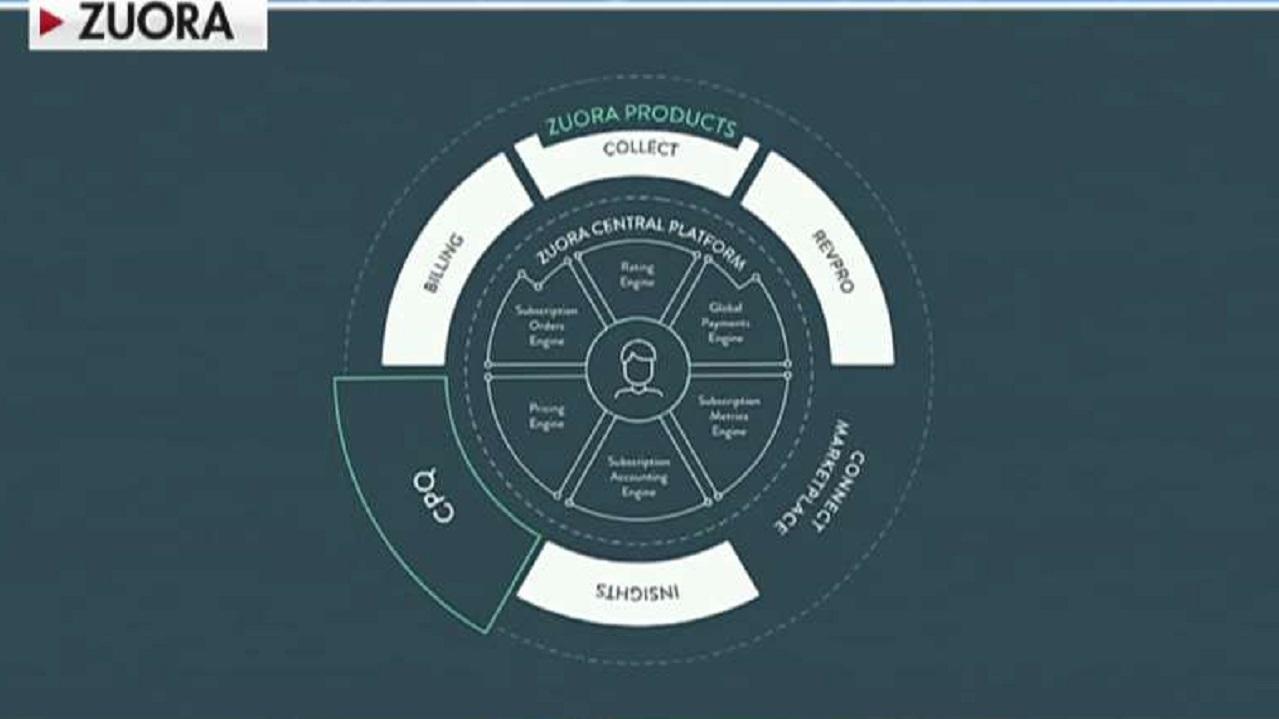Is Netflix helping news media subscriptions?
Netflix and other popular entertainment-based streaming services are driving the growth of news media subscriptions, as consumers continue to abandon traditional media platforms for entertainment and online news subscription-based services, according to a new survey.
The study, conducted by researchers at the University of Minnesota's Hubbard School of Journalism & Mass Communication, in partnership with the News Media Alliance and the Star Tribune, examined consumer motivations and preferences in the Minnesota area regarding digital and print media subscriptions.
The subscription economy has grown over 300 percent from 2012 to 2019, according to News Media Alliance, with the news media’s role within the subscription economy still a bit of a mystery to industry experts. The researchers were looking to determine how news subscription spending fits into consumers’ overall subscription budgets, and the correlation between increases in news media and entertainment expenditure was hard to ignore.
APPLE ON TRACK TO HIT 500 MILLION PAID SUBSCRIPTIONS NEXT YEAR
Much of that 300 percent growth can be attributed to the variety of entertainment streaming platforms that have emerged over that seven-year period, however, the results of the study showed a clear connection between consumer spending habits on Netflix and similar streaming services and news media subscriptions.
According to the survey’s results, the average household in Minnesota subscribes to four digital media subscriptions and about 1.5 news subscriptions per year, with subscribers setting a budget of around $600 a year for such services.
Actual spending costs are closer to $700 per year, or about $58 monthly, but by 2020 that number is expected to grow to $1,200 a year or $120 per month, the study notes.
APPLE REVAMPS TV APP FOR SAMSUNG TV SUPPORT, MORE DIRECT CHANNEL SUBSCRIPTIONS
When it comes to breaking down that current $700-per-year figure, almost all of the survey respondents stated they pay for both news and entertainment-based subscriptions, with entertainment being the major driver of overall subscription spending.
However, participants in the survey also reported that timeliness and getting the most up-to-date information was the top motivator for subscribing to digital news-based services, with print formats unable to deliver such immediate news updates.
“The continued growth of mobile for digital media consumption should neither surprise nor worry anyone,” said Star Tribune vice president and chief marketing officer Steve Yaeger. “As our sales across all platforms attest, people are still hungry for quality news irrespective of device. These data show that as long as news publishers are innovating and adapting to meet consumer needs and desires, subscribers will continue to seek out and subscribe to newspaper content.”
When consumers engage with news media subscriptions, the survey discovered, 58 percent received their news subscriptions through mobile formats, surpassing print, which came in at 54 percent. Computers are still the most-used format for consuming news media at 74 percent, but the researchers noted the increasing trend toward mobile audiences.
STREAMING TO SUBSCRIPTIONS: VIDEO GAMES ENTER NEW FRONTIERS
“The newspaper revenue model (has) shifted from primarily ad-based to more subscription-based,” News Media Alliance President & CEO David Chavern said. “Overall, this study highlights many potential opportunities to enhance their offerings to help drive digital subscriptions.”
While sports content was noted as presenting a growing opportunity for news outlets to increase readership revenue, the continued growth of entertainment subscriptions and spending on such services alone will benefit the news media industry, according to the researchers.
And consumers are taking the "chord cutting" route at an alarming rate. A total of 33 million people had cut their cable subscriptions up until last year, according to an eMarketer report, and by 2023, the number of households without cable subscriptions will hit 56.1 million, Forbes reported in August.
“As consumers become accustomed for paying for entertainment content, they are also more likely to pay for local news content, (and) as consumers pay more for local news, they are also more likely to pay for national news,” the study concluded.
The survey was conducted between April 24 and June 4, 2019, with Minnesota residents and received just under 500 responses. Those responses were then adjusted to reflect the U.S. Census data for the entire state of Minnesota.
CLICK HERE TO READ MORE ON FOX BUSINESS




















